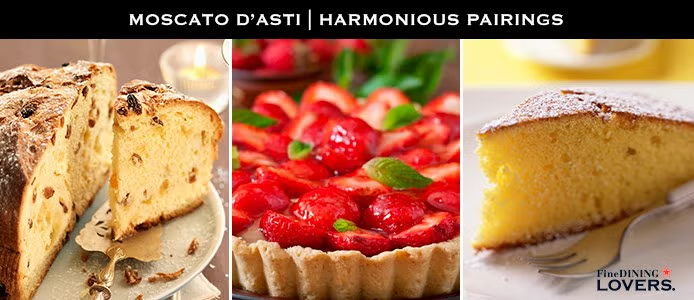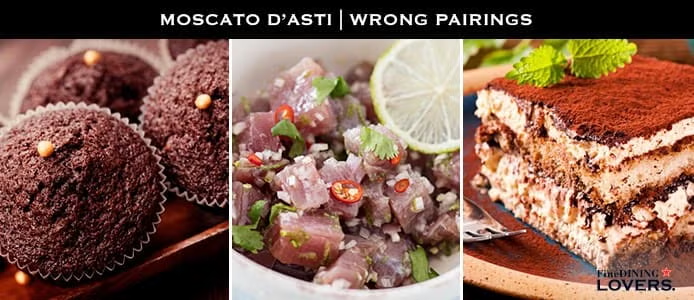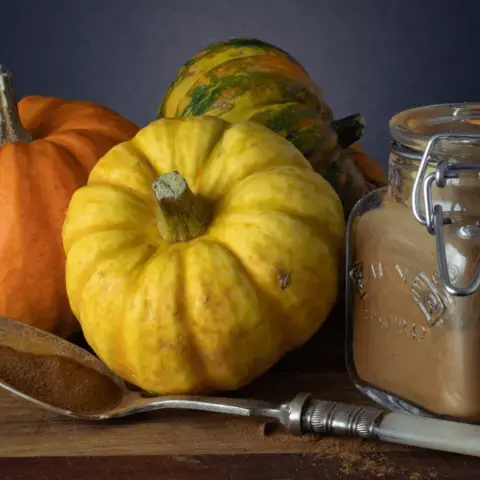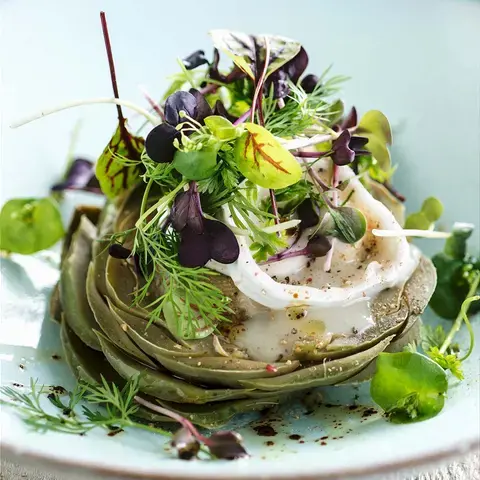From north to south, Italy offers a plethora of Muscat wines obtained from highly differentiated grape varietals: White Muscat, Yellow Muscat, Pink Muscat, Moscato di Scanzo, Moscato d’Alessandria, Moscato di Terracina, Moscatello di Saracena, Moscato Nero d’Acqui etc. One of the finest is Moscato D’Asti, from Piedmont (North Italy).
Muscatel is an ancient varietal originating from the eastern basin of the Mediterranean which then spread to many other areas. In Piedmont, there is evidence of this sweet wine production dating back to the 1300s. The term 'Muscat', meaning fragrant, first appeared in the Middle Ages but it was already widely used by the Greeks and Romans.
Moscato d'Asti is taking over the dining tables of the world. Moscato Lovers are increasing in numbers by the day: of the 30 million bottles produced in the Asti Consortium, 20 end up in America.
Labelled as DOCG, Italy’s highest classification, Moscato d’Asti is typically made by small producers in small batches. The cooler region in which it is grown combines limestone and sandstone soil. Unlike Champagne, no secondary fermentation in the bottle is carried out, but the wine is filtered before bottling to ensure it maintains its translucent golden colour.
The difference between Moscato and spumante
The White Muscat grapes grown in Piedmont cover a very vast area to the south of Asti and the resulting wines take the place names of this region: Asti Spumante and Moscato d’Asti. The grape varietal is the same, White Muscat, but it is processed differently: Moscato d’Asti wine has fewer bubbles than the spumante version, which is able to enhance the fragrance of the grapes from which it is made.
Why is it so popular? Because Moscato d'Asti is sweet without being excessively sickly. It has a musky aroma, a subtle yet intense taste recalling wisteria and linden, peach and apricot with hints of lemon and orange blossom. However, a good bottle of this wine can be identified immediately by the hints of sage it reveals on the palate. It is also appreciated because of its legally required low alcohol content of around 5% and because it is increasingly consumed on all sorts of occasions, and not only as a traditional accompaniment to desserts. So much so, in fact, that it is starting to be viewed as a rather surprising meditation wine.















